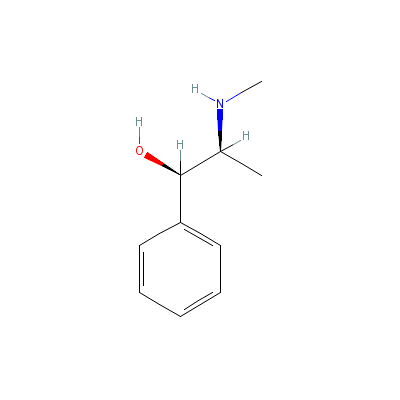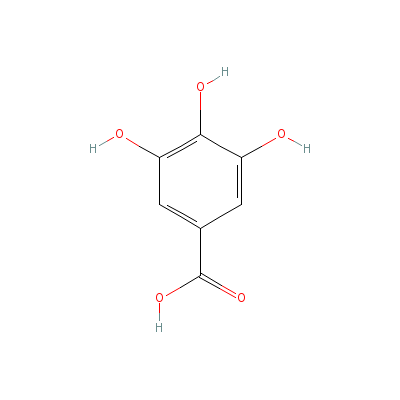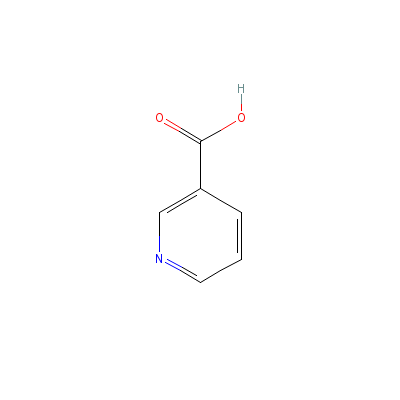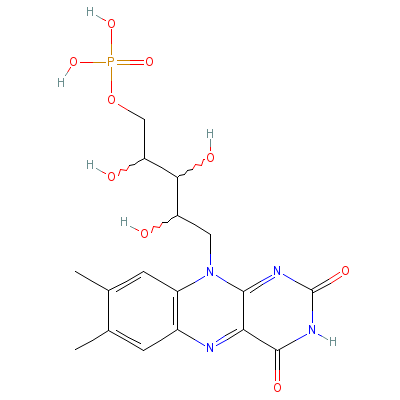| |
|
|
Botanical Name |
: |
Ephedra sinica Stapf. |
English
Name |
: |
Ma Huang |
Synonym(s) |
: |
Ephedra ma-huang Liu., Ephedra sinica var. pumila Florin |
Family |
: |
Ephedraceae |
| |
General Info
| Description |
 |
|
Subshrubs small, to 40 cm, sparsely branched; woody stems short or prostrate; branchlets straight or curved, sometimes slightly involute, internodes (2.5-)3-4(-5.5) cm × ca. 2 mm, shallowly furrowed. Leaves opposite, connate for 1/3-2/3 their length, free part subulate to narrowly triangular, to 5 mm, apex sharply pointed. Pollen cones sessile or pedunculate, solitary or in clusters at nodes, rarely terminal; bracts in 4 pairs, margin very narrow, membranous, apex obtuse or subacute; anthers 7 or 8, sessile or shortly stipitate. Seed cones terminal or axillary, solitary, oblong-ovoid or subglobose, ca. 8 × 6-7 mm at maturity; bracts in 4 pairs, connate for 1/2–3/4 their length, red and fleshy at maturity; integument tube 1-2 mm, straight or slightly curved. Seeds usually 2, black-red or grayish brown, concealed by or equaling bracts. |
| Herb Effects |
 |
|
Pungent, bitter, warm herb that dilates the bronchial vessels whilst stimulating the heart and central nervous system. Antidote, diaphoretic, diuretic, pectoral, vasoconstrictor and vasodilator (stem); antihydrotic (root) |
Chemistry
| Active Ingredients |
 |
|
Ascorbic acid, beta-carotene, ellagic acid, ephedrine, gallic acid, niacin, riboflavin, thiamin (plant) |
| Chemistry
of Active Ingredients |
 |
|
|
 |
Name |
CAS# |
IUPAC Name |
Formula |
Structure |
 |
|
| Ascorbic Acid |
Not Available |
2-(1,2-dihydroxyethy
l)-4,5-dihydroxy-fur
an-3-one |
C6H8O6 |

|
| beta-Carotene |
Not Available |
3,7,12,16-tetramethy
l-1,18-bis(2,6,6-tri
methyl-1-cyclohexeny
l)-octadec
a-1,3,5,
7,9,11,13,15,17-nona
ene |
C40H56 |

|
| Ellagic acid |
Not Available |
Not Available |
C14H6O8 |

|
| Ephedrine |
6912-63-6 |
2-methylamino-1-phen
yl-propan-1-ol |
C10H15NO |

|
| Gallic acid |
149-91-7 |
3,4,5-trihydroxybenz
oic acid |
C7H6O5 |

|
| Niacin |
99148-57-9 |
Pyridine-3-carboxyli
c acid |
C6H5NO2 |

|
| Riboflavin |
Not Available |
Not Available |
C17H21N4O9P |

|
| Thiamin |
59-43-8 |
2-[3-[(4-amino-2-met
hyl-pyrimidin-5-yl)m
ethyl]-4-methyl-1-th
ia-3-azoni
acyclope
nta-2,4-dien-5-yl]et
hanol |
C12H17N4OS+ |

|
|
Pharmacology
| Medicinal Use |
 |
|
In the treatment of asthma, hay fever and allergic complaints; in the treatment of night sweating and spontaneous sweating (root); to treat asthma, allergic rhinitis, catarrh, upper respiratory infections such as pharyngitis, sinusitis and laryngitis, colds, influenza and as a general stimulant (dried aerial parts) |
| Contraindication |
 |
|
There are significant safety concerns regarding use of ephedra-containing dietary supplements, especially when consumed without medical supervision. This article reviews & contrasts the usage of ephedra as a dietary supplement in US against an herbal medication in traditional Chinese medicine (Mehendale et al., 2004).
|
Dealers
Products
|
|